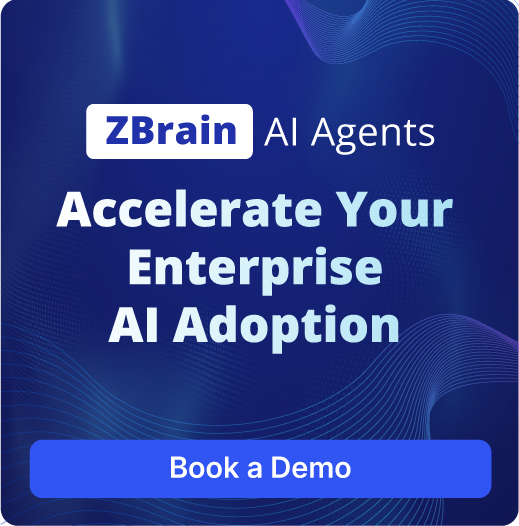Elevate Document Management with ZBrain AI Agents for Content Processing
ZBrain AI Agents for Content Processing transform document management by automating the summarization and interpretation of complex content, enabling faster understanding and improved knowledge access. These AI-powered agents can efficiently scan lengthy documents, extract key points, and generate concise summaries, saving valuable time for professionals who need to process large volumes of information quickly. Whether it’s internal reports, research papers, or compliance documents, ZBrain AI agents ensure the core insights are always at your fingertips. In addition to summarization, ZBrain AI agents are designed to interpret and simplify technical jargon and domain-specific language found within documents. By converting complex terms into clear, easily understandable language, these agents make technical content accessible to broader audiences, including non-experts and cross-functional teams, fostering better collaboration and decision-making across the organization. Beyond these core capabilities, ZBrain AI agents extend their functionality to broader content processing tasks. They effortlessly integrate into existing document workflows, ensuring seamless consistency across all content. By enhancing content accessibility and streamlining processes, these agents free up valuable time, allowing teams to concentrate on high-priority, strategic initiatives that drive business growth and innovation.


 Live
Live